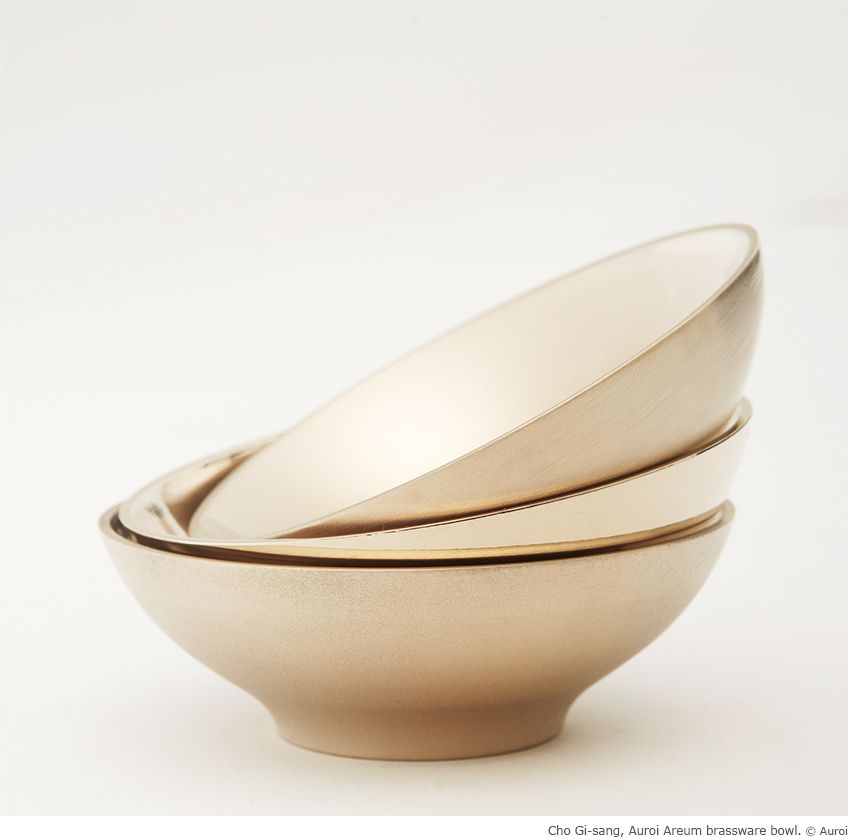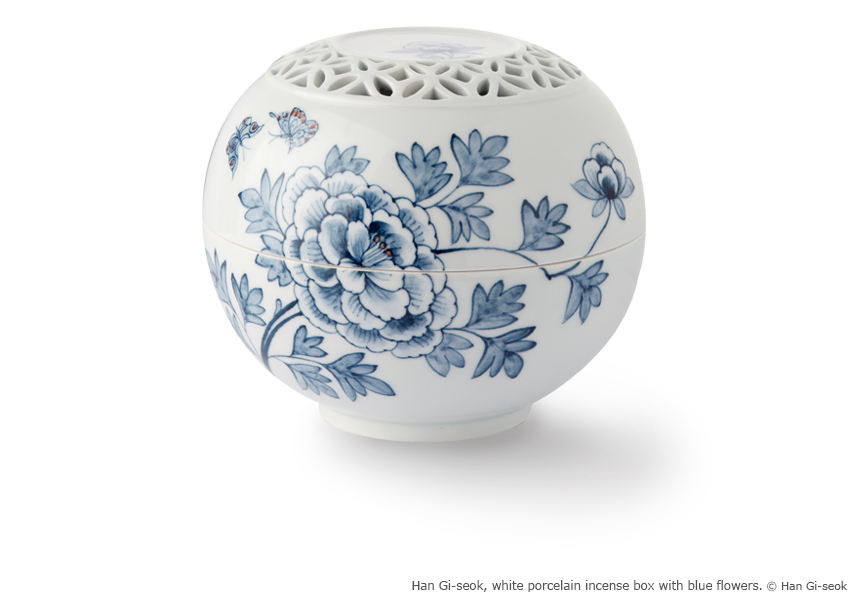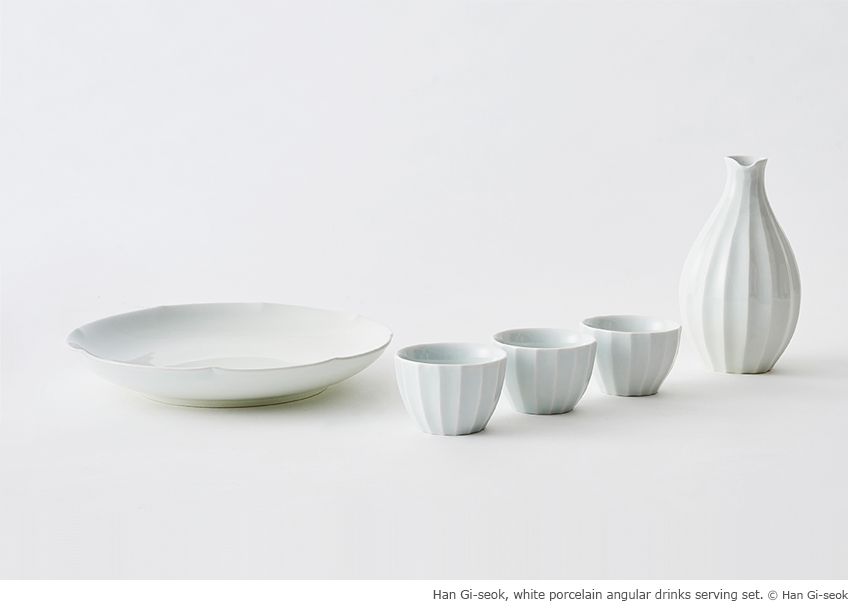

Bowls,
A Universe of Their Own
Bowls were created to store and serve food. They come in different materials and designs, depending on the type of food being served. The various forms and uses of bowls reflect the diversity of the world’s cuisines. Bowl design is also affected by a certain geographic region’s abundance of natural resources and the ways in which those influenced the development of a cuisine or a food culture. Connoisseurs of Korean cuisine do not serve Western soups in bowls designed for Korean soups. They believe that there’s a perfect bowl for each and every dish.
Written by Lee Eun-yi , designer & writer

Bowled Over by Diversity
Unlike some meals in Western or Chinese cuisines that might have multiple courses, a standard Korean meal consists of vegetables, meat, hot dishes and cold dishes, all served at the same time. Rice and soup are served nearest to the diner, followed by sauces and side dishes, such as seasoned vegetables, savory pancakes, grilled meat or one of the many varieties of kimchi. There are many rules concerning proper, traditional Korean table settings, which can be categorized according to the number of side dishes, typically in the range of three to 12. Because of the endless variety of dishes, a Korean dining table will be covered with bowls and mini-plates of all shapes and sizes.
In the past, people served food in different bowls depending on sex, usage, and type of food. Each bowl had a name of its own. Bowls for side dishes with lids were called jaengcheop, small soup bowls were bosigi, and small bowls for sauces or dips were jongji. The sex difference in bowl design is unique to Korea. Rice bowls for men were broad and marked by straight lines, while those for women were round and deep with a small knob on the lid. The jubal and the bari, terms for male and female rice bowls, respectively, each formed a set with a daejeob, or soup bowl.

A Blend of Tradition and Modernity
During Joseon times, people used bowls to add class to their meals and to look after their health. Food was served in refreshing white porcelain in the summer, and in well-insulated bronze in the winter. One of the most common materials was brass, which is highly durable and keeps food fresh for a long time. The balance of yin and yang “energy” was considered even in the smallest of bowls.
Nowadays, designers are offering a range of modern interpretations of traditional bowl designs and materials. While retaining durability and elegance, they can make the bowls lighter and smaller to accommodate modern dietary habits. Traditional decorative techniques, such as ottchil coating and najeonchilgi, a type of lacquerware inlaid with mother-of-pearl, are applied. These young designers have shown that traditional bowls need not be heavy and dull. Bowls are more than tableware. They are small universes containing traditions, beliefs, health and heritage. Infused with the wisdom of our ancestors, bowls continue to pass on the spirit of our cuisine and traditions across the dining table.


Other Articles




Jejudo Island

Carpenter and Important Intangible Cultural Property No. 55

A Universe of Their Own

Signpost to Lasting Peace


without the Beef, Please

the Pulse on the Young
Application of subscription
Sign upReaders’ Comments
GoThe event winners
Go


 April 2018
April 2018


